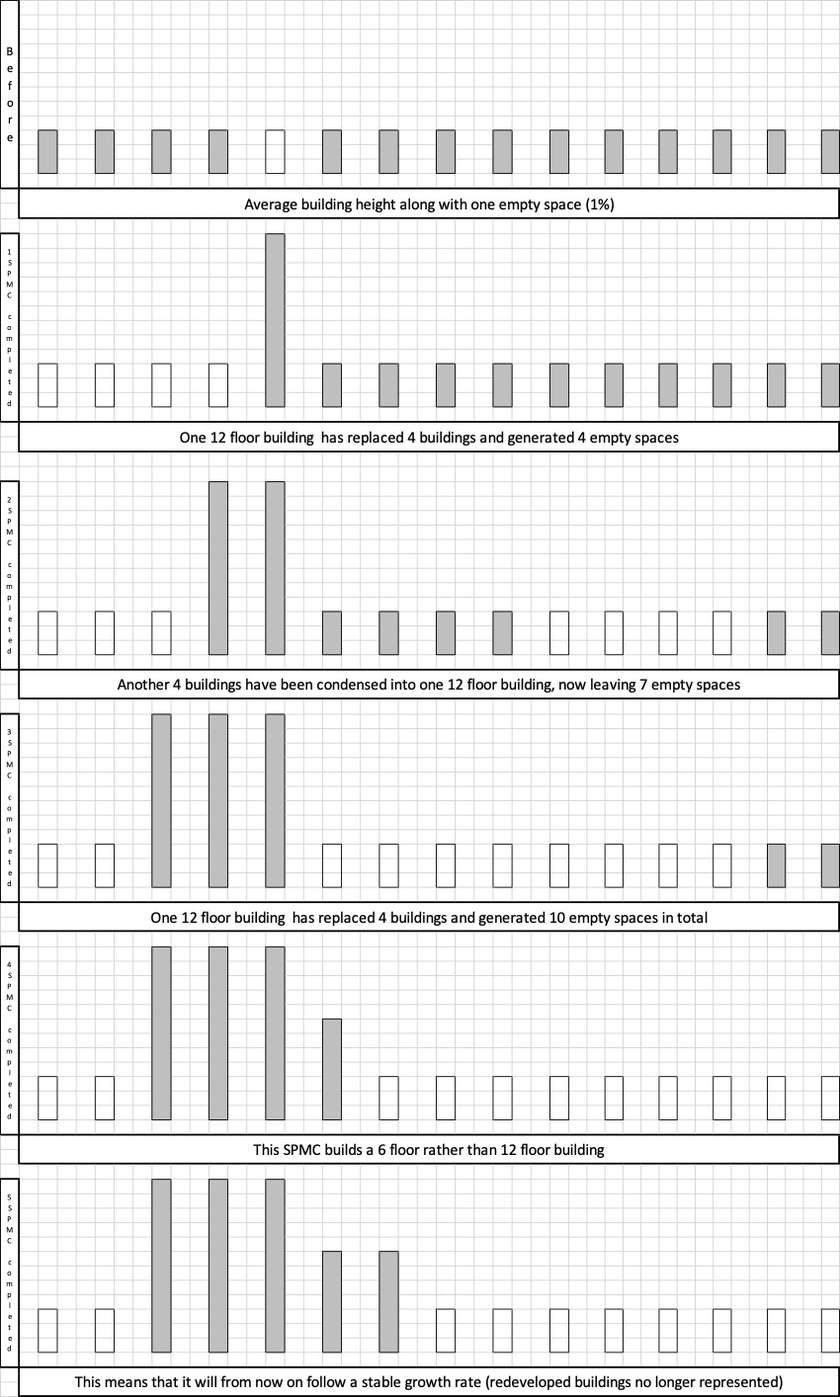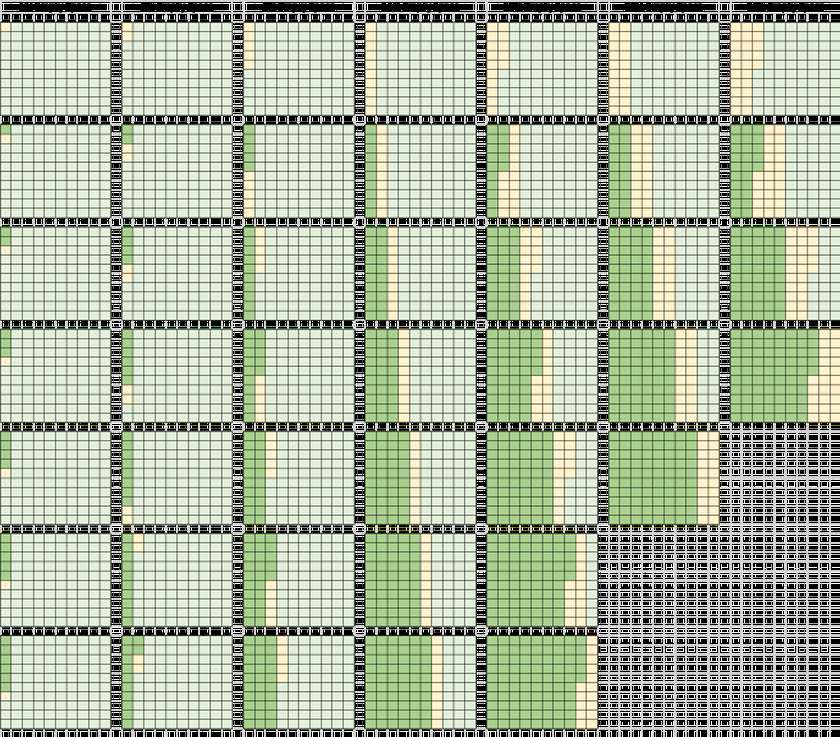Idea by
João Silva Jordão
João Silva Jordão
Call for ideas 2020
Looking into the Void with the Sliding Puzzle Model
Looking into the Void with the Sliding Puzzle Model
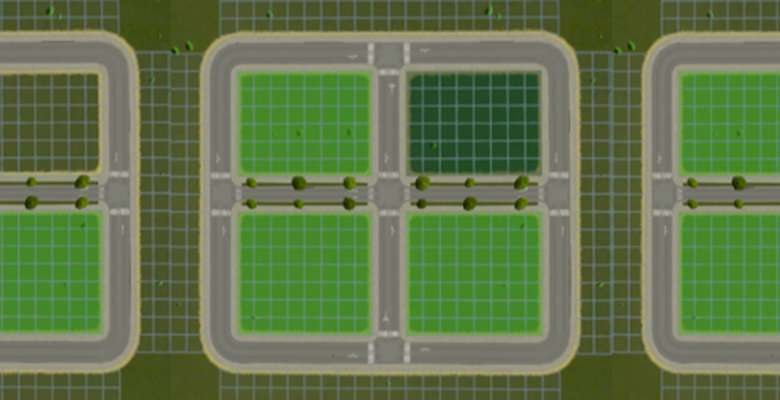
- Systemic changes
The Sliding Puzzle Model is an urban planning originally developed as an instrument which uses empty spaces as pivots along with property swap arrangements in order to scale-up and verticalize urban centres, however, it may also be used simply to build up banks of empty spaces in central urban areas in which there is, in the absence of tools such as the Sliding Puzzle, a severe lack for the often space needed for medium and large redevelopment projects.
One hereby proposes that fast-paced urbanization, particularly of emerging Megacities of the Global South, along with some of the severe limitations in infrastructure that fast-pace urbanization usually entails, makes it so that the opening up of empty spaces in congested, contested and often crowded city centres will become an inevitable quagmire of considerable strategic importance. Furthermore, current urban development instruments that may be used for similar purposes are inadequate or insufficient.
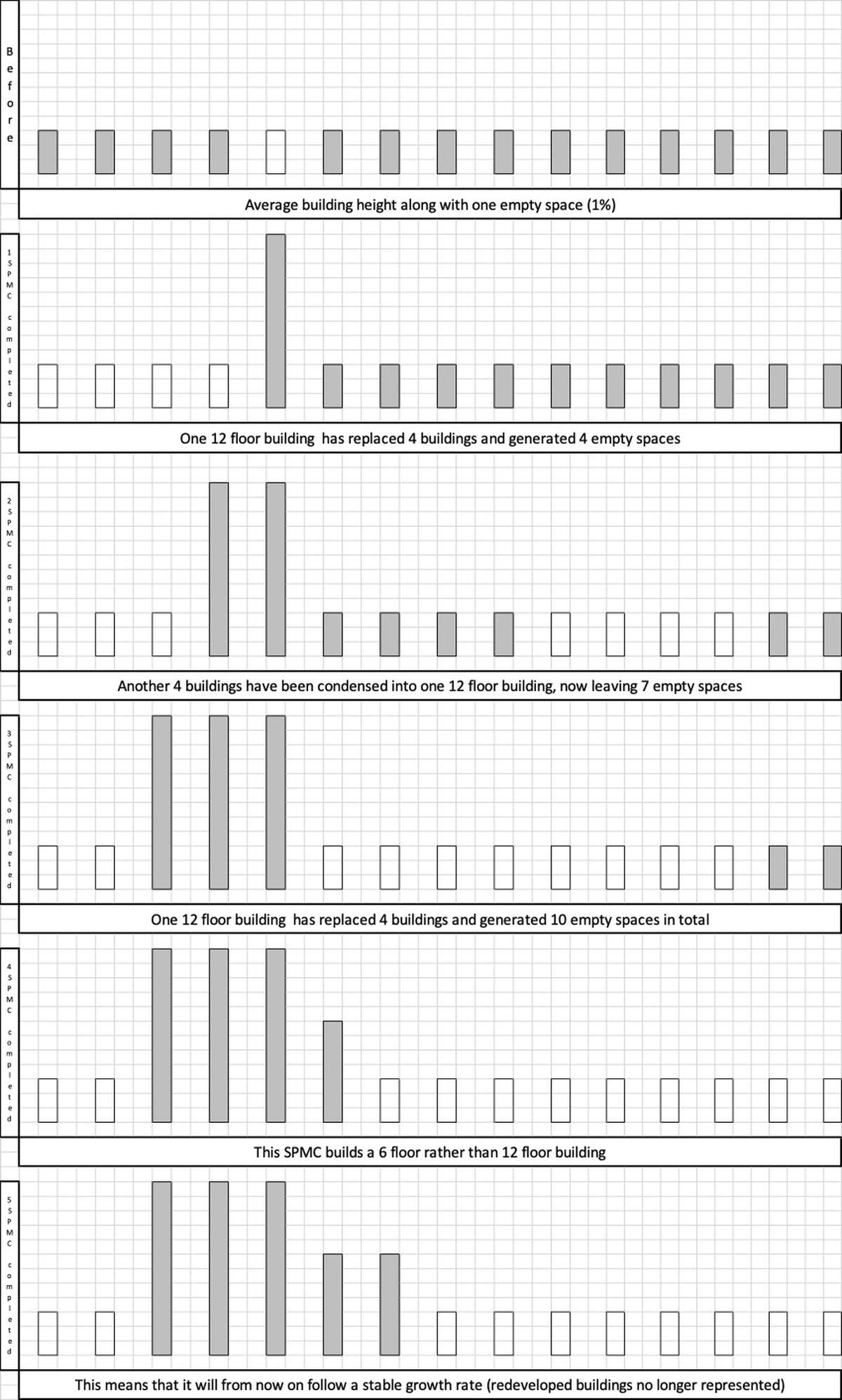
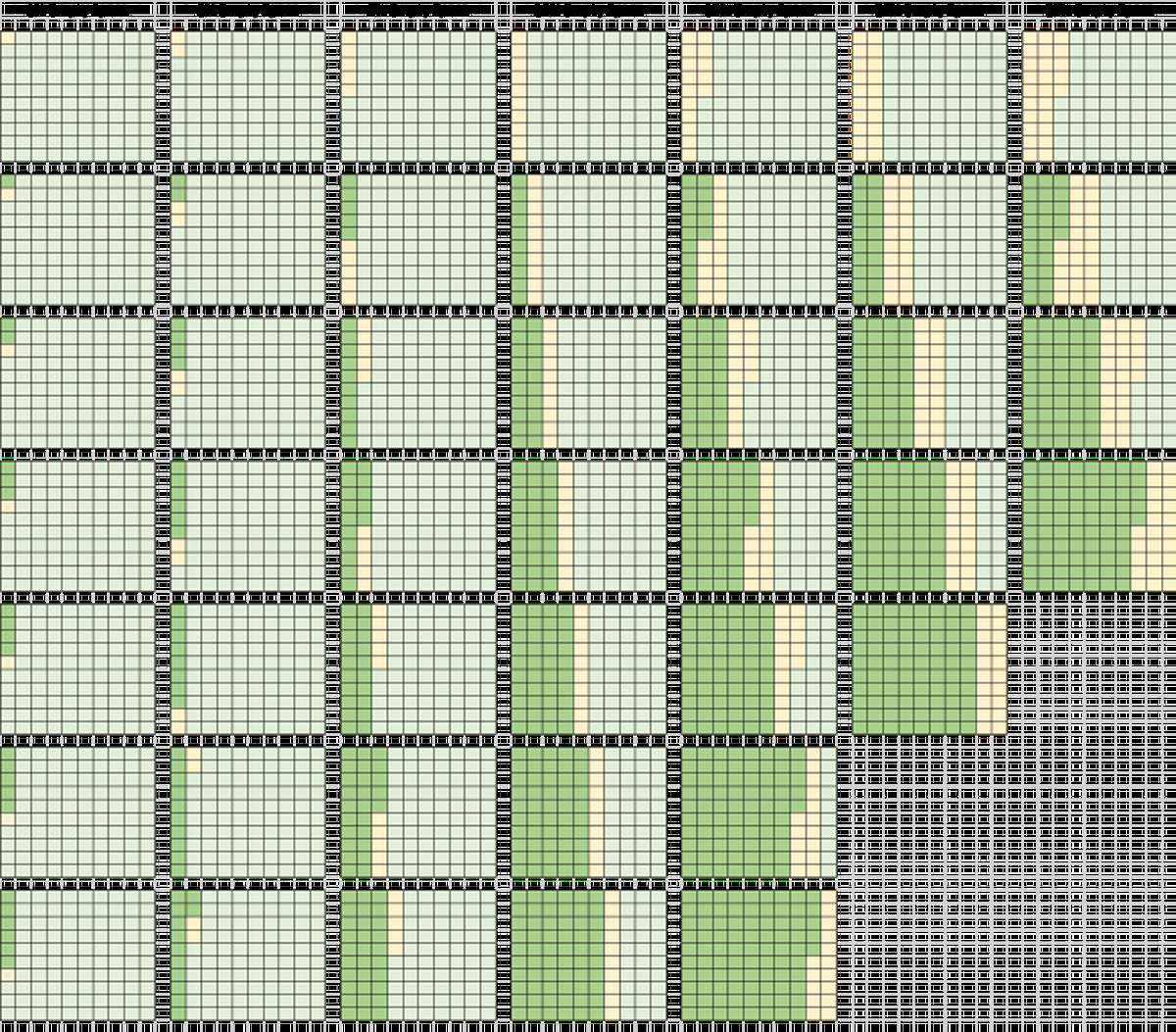
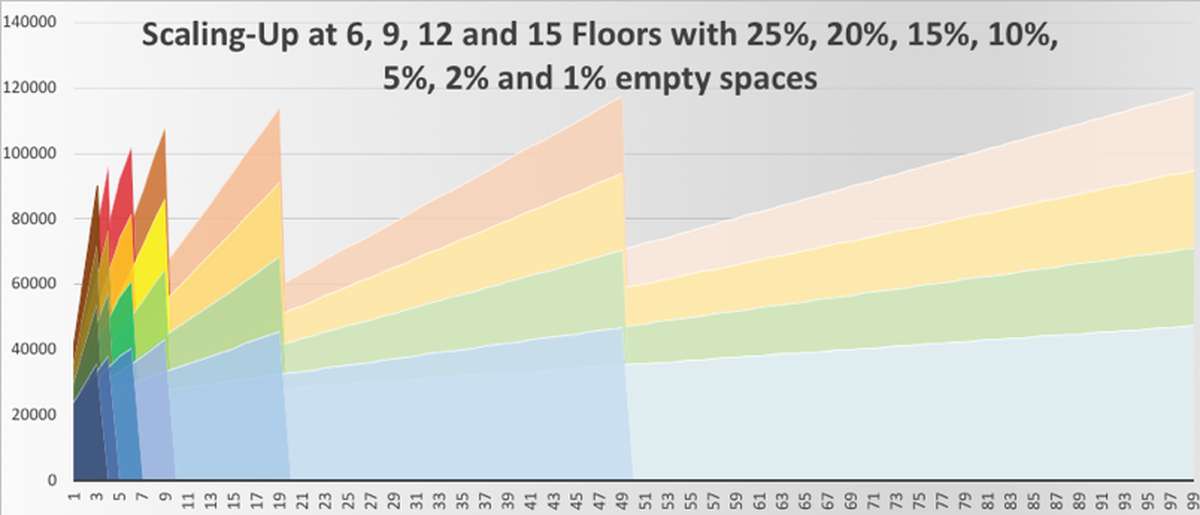
Looking into the Void with the Sliding Puzzle Model
Looking into the Void with the Sliding Puzzle Model

- Systemic changes
The Sliding Puzzle Model is an urban planning originally developed as an instrument which uses empty spaces as pivots along with property swap arrangements in order to scale-up and verticalize urban centres, however, it may also be used simply to build up banks of empty spaces in central urban areas in which there is, in the absence of tools such as the Sliding Puzzle, a severe lack for the often space needed for medium and large redevelopment projects.
One hereby proposes that fast-paced urbanization, particularly of emerging Megacities of the Global South, along with some of the severe limitations in infrastructure that fast-pace urbanization usually entails, makes it so that the opening up of empty spaces in congested, contested and often crowded city centres will become an inevitable quagmire of considerable strategic importance. Furthermore, current urban development instruments that may be used for similar purposes are inadequate or insufficient.
